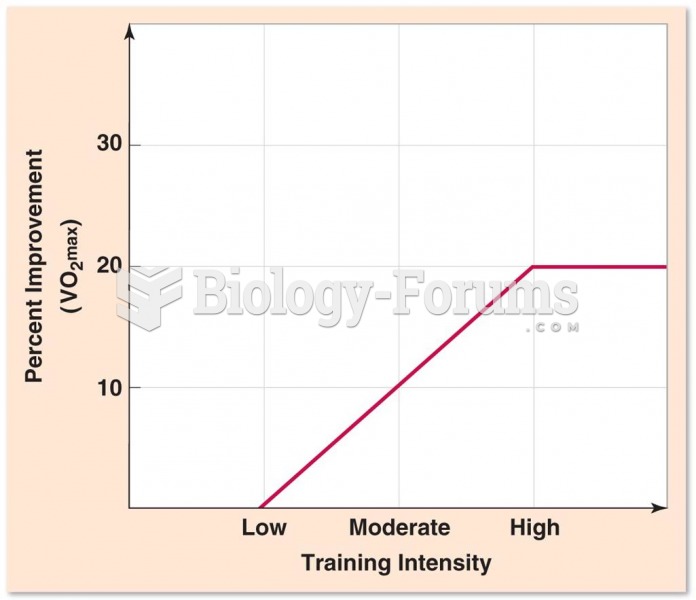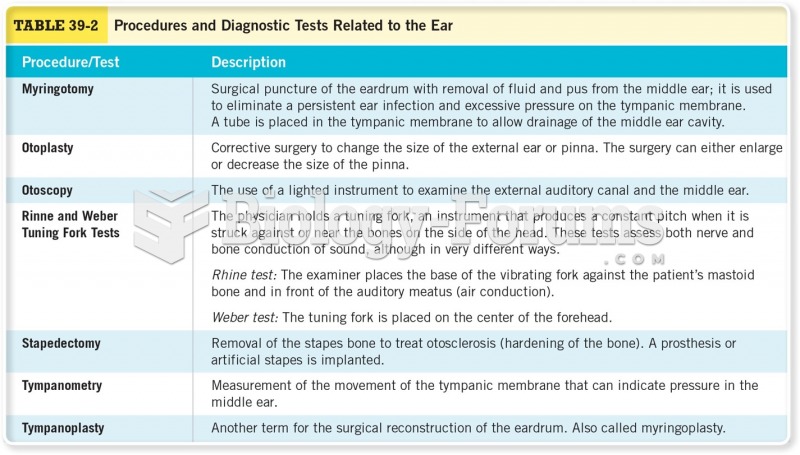Answer to Question 1
Training is required for new employees and is useful for experienced staff. Effective training helps employees buy into the operation's values. It creates product and service consistency, increases employee morale, and helps reduce turnover and legal liabilities. Employees can learn how to properly handle food and potential hazards. Customer satisfaction and profitability increase.
Each task should be explained to the new employee, and he or she should be shown how to complete the task. The employee should then be observed performing the task and feedback should be provided.
Clearly stated learning objectives based on a job's essential functions drive training programs. Sessions should be conducted by qualified and prepared trainers. Managers can determine training needs by observing work performance, receiving input from employees and customers, making inspections, analyzing information, and conducting exit interviews. Training plans organize program content and individual lessons that provide a road map for the training. Training must be evaluated and validated to ensure effectiveness.
A four-step training method involves preparation, presentation, practice, and performance. In addition, integrated practice allows trainees to combine and demonstrate several steps that are part of a job task.
Group training can be used when more than one employee must receive the same information. The basic planning steps used for one-on-one training can be used. Popular group methods include lecture, demonstration, and practice, if applicable. A good trainer uses all of these tactics.
Many managers use off-the-shelf training materials. Sources of external training include the Internet, workshops by training companies, and training opportunities by professional associations. Other sources include local colleges and social service organizations that provide assistance in learning English.
Answer to Question 2
B







